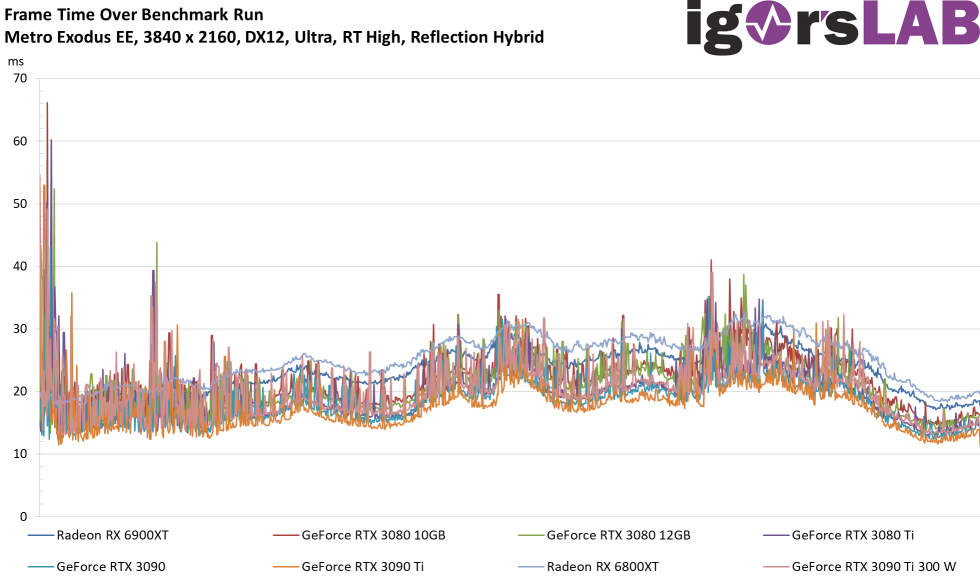Fiji was a ~50% bigger die than GM204, on the same node, and had expensive HBM and associated packagingEven Undervolted / TDP constrained Fiji was able to beat factory-OCed GTX 980 while having lower power consumption. That's quite common behavior of big power-hungry GPUs with wide buses. The same applies to GT200, GF100 etc. The problem is that you need to manipulate one product (more expensive one) and compare it to another product (cheaper one) at factory settings to get these seemingly good results. Apples to oranges.
AD102 is only ~20% larger than Navi 21, and on a far less expensive process. So the die is certainly cheaper. It does have a wider memory bus, and fancy PAM4 signalling, but I'd be surprised if a 3090 ti cost more to produce than a 6900XT.
EDIT: Also, there's a difference between undervolting and reducing TDP. Undervolting is removing the vendor's voltage safety margin for parametric variance, ageing, etc, and can reduce power draw without impacting performance (or even improving it). Reducing the TDP preserves all that and necessarily reduces performance alongside power. Igor was doing the latter, while the undervolting craze for late GCN was the former.
Last edited:

